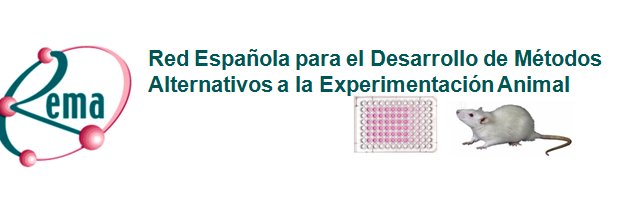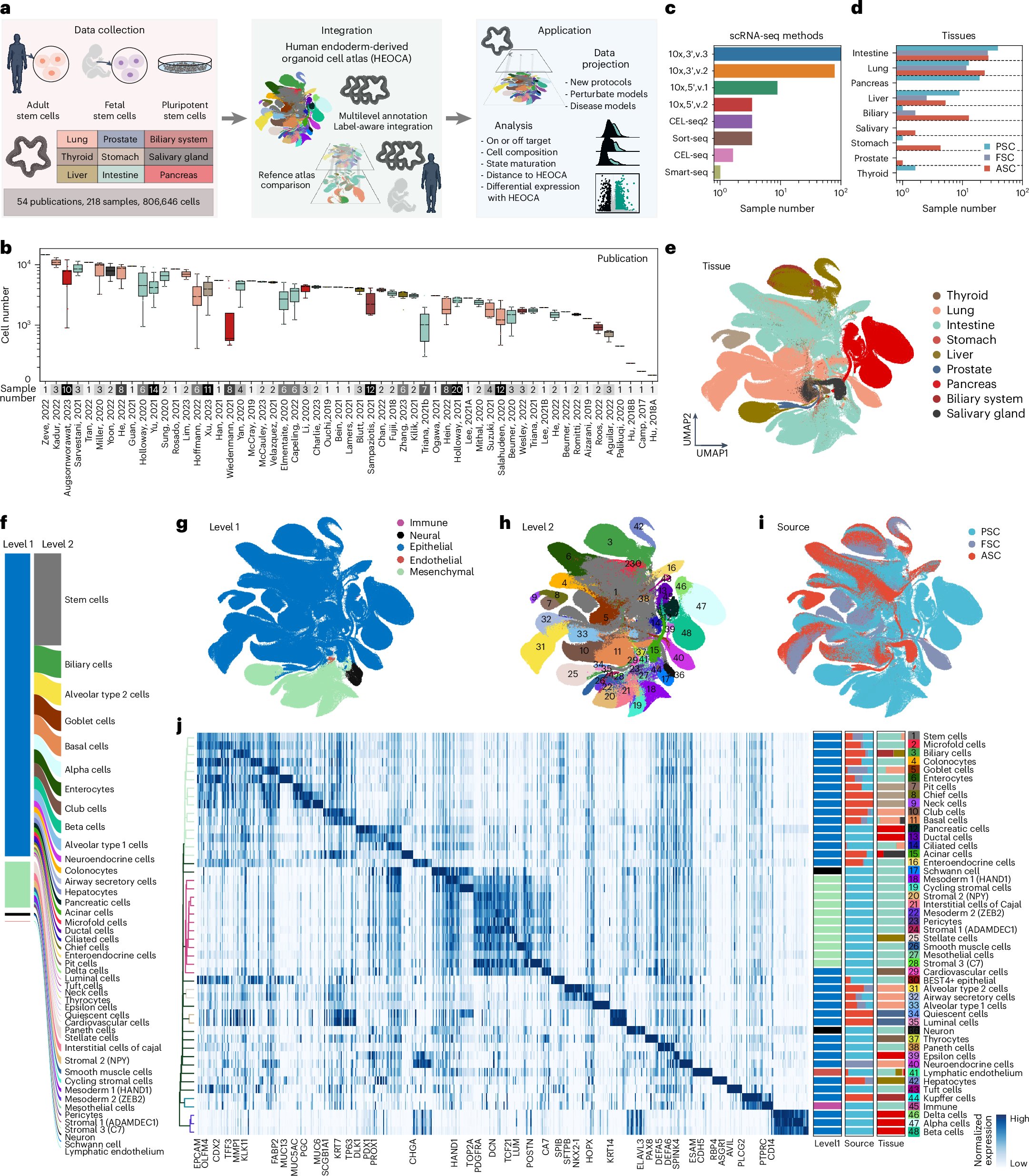
Rema
@REMAlternativas
Red Española para el Desarrollo de #Alternativas a la #experimentación #Animal
La hoja de ruta de la Comisión #Europea para la eliminación progresiva de los ensayos con #animales para evaluar la seguridad #química. XI Jornada REMA, Homenaje al Prof. Eugenio Vilanova. 20-2-25. Mº@sanidadgob, forms.gle/w41aKM9ckQdLhT…, @SECAL_T, @COSCEorg, @EARA_ES, @AetoxTweet

Modelos experimentales de cáncer en chip
Engineers at @nyutandon & @Perlmutter_CC have published a review on human cancer-on-chip platforms used to model the tumor microenvironment. They also explore what’s next for developing next-gen systems to advance precision cancer medicine. Read more: doi.org/10.1039/D4LC01…
Atlas de células humanas
New organoid atlases, part of the @humancellatlas, allow scientists to compare cells across labs, methods, and patient samples (past, present, and future), better match organoids to human development, and improve their design. From @IHB_Research: roche.com/stories/mappin…
¡Descubre SurgiSim! 🐭 Un innovador simulador creado por veterinarios españoles como alternativa al uso de animales en la formación quirúrgica. Simula vísceras, músculos y piel. ¡Perfecto para cualquier sistema de aprendizaje! #Innovación #Educación #Veterinaria #3R…
Researchers created a simulated kidney resin model with surface markers to evaluate different suture patterns. Unlike testing surgical techniques on animals, this innovative technique, provides meaningful information on tissue deformation. link.springer.com/article/10.100…
New paper introduces HySim, a hybrid simulation framework that combines the strengths of box trainers and VR simulators for minimally invasive surgical skill training. Developed by researchers at @UHouston & @HMC_Qatar. Read here: link.springer.com/article/10.100…
Who says you can't study cognition in vitro? 🧠 This new preprint describes short- and long-term potentiation, as well as reinforcement learning, in paired human brain organoids. By @LowryCurley & team at 28bio & @Tulane biorxiv.org/content/10.110…
💡 Just published ➡️ Findings from the @WERF_research expert working group on in vitro models for endometriosis research. Check out the paper for: 🤔 A decision tree for choosing the best in vitro endometriosis model 🧐 An assessment of emerging organoid systems 😃 And more!
Interesting review on using AI to analyze organoid omics, histology, morphology, function, and drug screening data—advancing their use in drug development, disease modeling, and precision medicine. In @AdvPortfolio’s SmartMat: doi.org/10.1002/smm2.7…
Apoyo a la #investigación #biomédica #sin #animales en #UK
If you missed it, we recently committed another million pounds towards animal-free biomedical research. Read about our recent grant awards: humaneresearch.org.uk/new-research-g…
El @NIH de EEUU promueve ayudas de investigación sin animales
There's been some confusion & misinformation about Monday's announcement that @NIH will no longer seek proposals exclusively for animal models. In this new blog, we break down what it means, what it doesn't, & how it will impact animals in laboratories. scienceadvancement.org/reflections/wh…
Atlas de trascriptomica de células humanas de organoides derivados de endodermo nature.com/articles/s4158…

In June, @Nature announced it will make transparent peer review the norm for research articles. Reviewer comments and author responses will be published alongside articles, something @TheCOLAAB has long advocated for as a way to track #AnimalMethodsBias.
Se ha publicado el proyecto de reglamento de la Ley 7/2023, de 28 de marzo, de protección de los derechos y el bienestar de los animales diarioveterinario.com/t/5344465/publ…
With human brain organoids generated from stem cell lines, @jennyhsieh5 & team at @UTSA discovered how APOE4, the top genetic risk factor for Alzheimer's, influences the formation of neural circuits during development & changes network synchronicity in the brain.
Nuevas y actualizadas directrices de ensayo de la #ocde con métodos in vitro e in chemico
Read our summary of new and updated @OECD in vitro and in chemico test guidelines on a variety of topics, including eye irritation, skin sensitisation, immunotoxicity, and more: bit.ly/44gkE51
Como EEUU reducirá la experimentacion #animal
Following the announcement of @NIH's new initiative to expand human-based science and reduce animal use in biomedical research, Thomas Hartung of @jhucaat urges the global research community to follow suit. Read his full commentary here: doi.org/10.14573/altex…
Como en UK se promueve la investigación sin animales
We are ecstatic to announce that we have just committed another million pounds to life-saving medical research using entirely animal-free methods! 🎉 We may be a small charity - but we're having a big impact. humaneresearch.org.uk/new-research-g… #SmallCharityWeek
Fabricar sistemas de microfluidos
Is your lab not yet set up for microfabrication? Have no fear. The @GleghornLab at @udbme has developed a new modular, reusable, and perfusion-ready microphysiological platform adapted to diverse organ systems. Preprint by @DanJMinahan et al. biorxiv.org/content/10.110…
Investigación de lesiones traumaticas cerebrales con organoides
Instead of subjecting animals to controlled cortical impact, weight-drop, and fluid percussion injuries, scientists at @JHUAPL & @jhucaat are using human brain organoids to study traumatic brain injury. frontiersin.org/journals/bioen…
#DerechosAnimales #ProteccionAnimal Una enmienda transaccional facilita a los veterinarios la cesión de medicamentos a los animales. Ha sido una propuesta de la diputada Etna Estrems, negociada con Alda Recas, ambas de APDDA apdda.es/2025/06/una-en… @EtnaEF @aldarecas @ChesusYuste